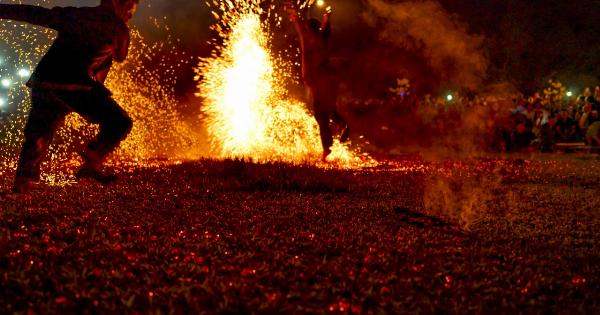Rhinoplasty or nose job is a surgical process that helps in the reshaping of the nose’s appearance. It is common for people to undergo rhinoplasty for cosmetic reasons to improve their facial appearance.
However, rhinoplasty is not limited to only cosmetic reasons. It is also used to resolve breathing difficulties and other complications such as seasonal rhinitis.
What is Seasonal Rhinitis?
Seasonal rhinitis, also known as seasonal allergies or hay fever, is a condition caused by outdoor allergens such as pollen, mold, and grasses. The symptoms of seasonal rhinitis include:.
- Sneezing and coughing
- Runny or stuffy nose
- Itchy eyes, nose, and throat
- Fatigue
- Watery Eyes
The symptoms of seasonal rhinitis are typically worse during the spring and fall when the pollen count is high.
Can Rhinoplasty Help with Seasonal Rhinitis?
Studies have shown that rhinoplasty can help in the reduction of seasonal rhinitis symptoms by altering the structure of the nose. A deviated nasal septum is one of the main causes of breathing difficulties and seasonal rhinitis.
During rhinoplasty, the surgeon can straighten the septum to create a clear airway that aids breathing and reduces the symptoms of seasonal rhinitis. Additionally, the surgeon can also remove any blockages in the nasal passage such as polyps or excess tissue to increase the airflow.
The Benefits of Rhinoplasty for Seasonal Rhinitis
There are several benefits of rhinoplasty for seasonal rhinitis, some of which include:.
- Improved breathing: Rhinoplasty can help in the correction of structural issues in the nose, which can aid breathing and reduce the symptoms of seasonal rhinitis.
- Reduced need for medications: By correcting the underlying cause of seasonal rhinitis, the need for medications such as antihistamines, decongestants, and nasal sprays can be reduced.
- Better sleep: Improved breathing due to rhinoplasty can lead to better sleep, which helps in maintaining good health.
- Improved quality of life: Reduction of symptoms and improved breathing can lead to an overall better quality of life.
What to Expect During Rhinoplasty?
Rhinoplasty is a surgical procedure that is typically performed under general anesthesia. The duration of the procedure varies depending on the extent of the surgery.
During the procedure, the surgeon will make incisions inside the nose or along the base of the nose, which will allow access to the cartilage and bone. The surgeon will remove or reshape the cartilage, bone, and tissues as needed. Once the surgery is complete, the surgeon will close the incisions using dissolvable stitches.
Recovery and Aftercare for Rhinoplasty
Following the rhinoplasty, the patient will be monitored to ensure there are no complications.
The patient will typically spend a few hours in the recovery room before being discharged, and it’s essential to arrange for someone to take them home as they may not be in the right state to do so.
The recovery period for rhinoplasty can vary depending on the patient’s overall health, the extent of the surgery, and the aftercare provided. It usually takes about one to two weeks to recover fully from the procedure.
After the procedure, the patient may experience swelling and bruising around the nose and eyes, which may last for several weeks.
The surgeon will provide instructions on how to manage the swelling and may prescribe pain relievers and anti-inflammatory medications.
It is crucial to follow the surgeon’s aftercare instructions carefully, including avoiding strenuous activities, keeping the head elevated, and avoiding smoking or secondhand smoke, which can slow down the healing process.
Conclusion
Rhinoplasty is a surgical procedure that can help in the reduction of seasonal rhinitis symptoms in those who have breathing difficulties. It can help improve the airflow in the nasal passage and straighten the nasal septum to create a clear airway.
While the procedure may involve some discomfort and a recovery period, the potential benefits are significant, including improved breathing, reduced reliance on medications, and better sleep quality.






























